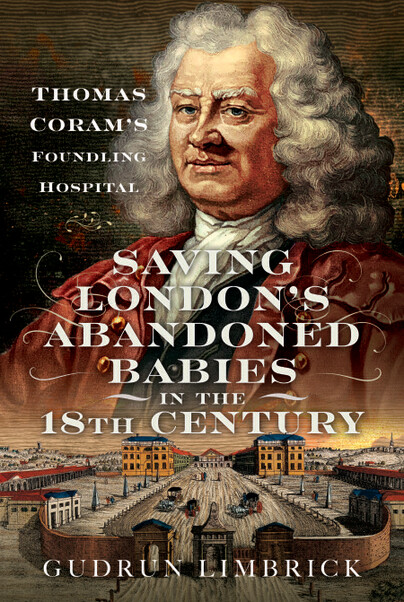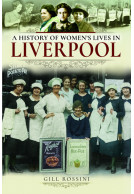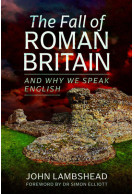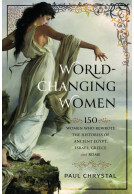Saving London's Abandoned Babies in the Eighteenth Century (Hardback)
Thomas Coram's Foundling Hospital
Imprint: Pen & Sword History
Pages: 240
Illustrations: Integrated mono illustrations
ISBN: 9781399035477
Published: 2nd May 2025
(click here for international delivery rates)
Need a currency converter? Check XE.com for live rates
In London, as the eighteenth century began, there had been significant recovery from the Great Plague and the Great Fire in the past three decades. Tracts of the city had been rebuilt and the population was growing once more. The city, largely through England’s success in battles at sea, was taking centre stage in Europe and, critically, through taking the lion’s share of the lands of the New World of America and snatching slave trading rights in West Africa. England had great wealth at its fingertips and London was at the heart of all of it.
People flocked to the capital to seek their fortune. Wealthy people invested in the new companies exploiting Africa or set up manufacturing concerns in the city. They moved into large houses in the wealthy area of the Strand and spread into other prosperous areas such as Cavendish Place. Their houses were staffed by teams of domestic servants.
At the other end of the income scale, people were leaving their rural homes where traditional jobs as labourers and in the fields were drying up, hoping to make a living in London. So many people arrived searching for work that there were too few jobs and many opportunities to be exploited. With no safety net, they had to resort to desperate measures to survive.
Babies were abandoned on the mounds of animal and human waste which towered over the overcrowded alleys. Some were dead, others dying. People walked past this tragic sight every day and chose to do nothing. One man, however, a ship-builder from Lyme, decided on a plan to save them.
The vilification of illegitimate babies and the general disdain for the poor meant that it took Thomas Coram years to garner enough support to get his plan to save the babies off the ground. However, when, in 1739, he was able to found England’s first institution for abandoned and illegitimate babies, it became a place for London’s high society to be seen.
Royalty, politicians and scientists joined the crowds of people who went to the London Foundling Hospital to see the works of Hogarth or listen to Handel perform. It became the most fashionable charity in London. But even this could not stop the babies dying.
There are no reviews for this book. Register or Login now and you can be the first to post a review!
About Gudrun Limbrick
After achieving a Masters in Research and Social Policy from the University of Birmingham following a Bachelors degree from the University of Oxford, Gudrun embarked on a career in researching the experiences and needs of hard-to-reach communities. For a city council commission looking at former children’s homes, she interviewed many people who had spent all or part of their childhoods in care. Discovering the impact on an individual of growing up in residential care, she established a website (www.formerchildrenshomes.org.uk) in 2011 to share information and memories about former orphanages, children’s homes and other institutions for children.
She has now written several books on memories of children’s homes and continues to work on making as much information publicly available as possible as a means of helping those who spent all or part of their childhoods in children’s homes understand, remember, and perhaps come to terms with what happened to them as children.














